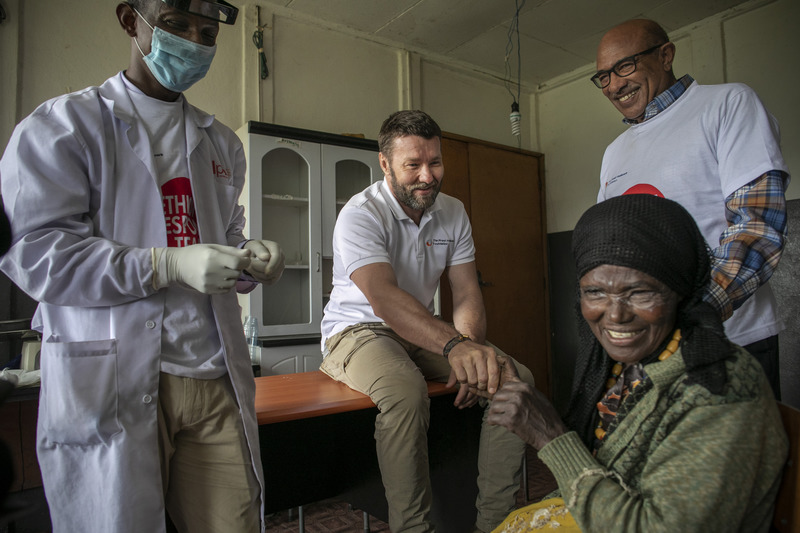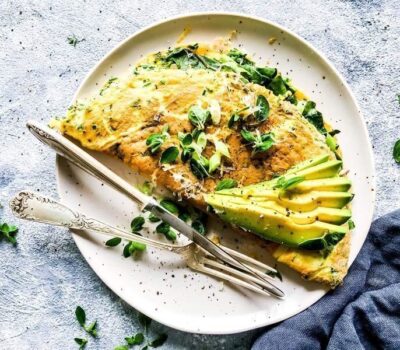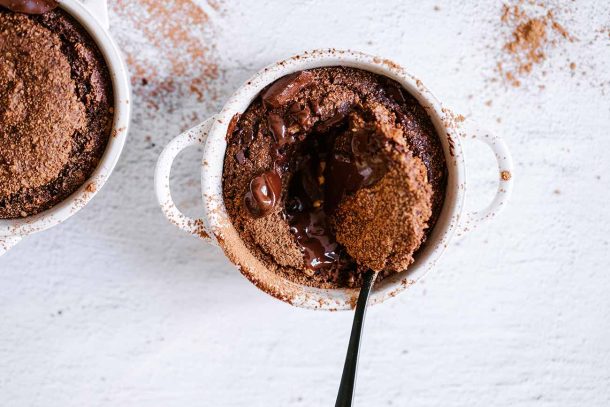If we are fortunate enough to enjoy good eyesight, we can take it for granted and perhaps be unaware of how much our overall health and nutrition can impact this gift.
For example, a well known complication of diabetes is diabetic retinopathy, a condition which can lead to significant loss of vision. Given the increase in the incidence of particularly type 2 diabetes, and insulin resistance (which keeps blood sugar levels high), this is a serious concern and one deserving of attention. Choosing a diet which supports good blood sugar regulation is therefore an important preventative measure in preserving our precious sight, as well as protecting us against many other associated chronic illnesses. In very basic terms, this means avoiding high sugar foods and beverages; ensuring sufficient fibre and ensuring adequate protein, explained in more detail in our article: Avoid the type 2 diabetes epidemic.
Other conditions which impair our vision include macular degeneration, glaucoma, retina detachment and cataracts, all of which should be monitored by an optometrist at yearly intervals (or more in some cases). Whilst many of the conditions that impair eye health become more common as we age, not many people realise what can be done nutritionally to help prevent these.
Specific nutrients that support eye health include:
- Carotenoids: There is good reason that carrots have long been associated with eye health. They contain a range of carotenoids including zeaxanthin and lutein, as well as beta carotene, which is a precursor to Vitamin A. However, there are many other sources of these valuable pigments. Zeaxanthin and Lutein are also important anti-oxidants, along with Vitamins C and E. As eyes are more prone to oxidative damage due to light exposure (including exposure to blue light), it is essential to consider anti-oxidant protection. According to a study published in the British Journal of Ophthalmology, the highest sources of zeaxanthin and lutein were found in egg yolks and in coloured fruit and vegetables.
- Vitamin C and bioflavonoids: Vitamin C is well known for its role in connective tissue health. Some studies suggest that Vitamin C is vital for nerve cells within the eye and, along with retinol (Vitamin A), zeathanxin and lutein, may also help prevent cataracts. Vitamin C is found in fresh fruit, particularly citrus and berries, as well as vegetables, however is degraded by heat and storage, so fresh is best!
- Vitamin E: As a potent fat soluble vitamin, this nutrient is also considered essential for good eye health, with studies also suggesting a preventative role in the development of cataracts. Food sources include nuts and seeds, as well as good quality cold pressed oils such as extra virgin olive oil.
- Omega 3 Fatty Acids – consuming sufficient quantities of long chain omega 3 fatty acids also assists in reducing inflammation. The highest dietary source of these fatty acids, being DHA (docosahexanoic acid) and EPA (eicosapentanoic acid) is fish and seafood. However it is also important to be mindful of the sources of these foods due to contamination. Equally, supplementation should be sourced via a reputable brand to ensure contaminants are removed and there is no rancidity.
One of the best ways to ensure you are consuming sufficient nutrients to support your eye health is a balanced diet, including fruits and vegetables, with a range of colours in order to benefit from a diverse range of phytochemicals.

Whilst on the topic of eye health, we would like to talk a little about the Fred Hollows Foundation, a charity set up to continue the work of the late Fred Hollows. Fred’s life’s work was dedicated to preserving and restoring sight where possible. It is estimated that four out of five cases of blindness are preventable. Fred advocated that eye health should be accessible to everyone, that no-one should go blind simply due to poverty. In poorer countries, trachoma (caused by a bacterial infection) is also a leading cause of preventable blindness. Fred’s work took him to some of the poorest regions in the world and the Fred Hollows Foundation continues to operate in over 25 countries thanks to a dedicated and passionate team who are continuing his legacy.
We have caught up with Connie Yao from the Fred Hollows Foundation to find out a little more about eye health, what the foundation does, and in particular learnt about their sight simulator initiative.
What are the main causes of preventable blindness and how prevalent are they?
Three of the main causes of avoidable blindness are cataract, trachoma and diabetic retinopathy. Currently, there are 36million people who are blind and 217million people who have a moderate to severe visual impairment. However, 4 in 5 who are blind don’t have to be.
Are there any obvious symptoms when there is an underlying eye condition?
Every eye condition has its own symptoms. The most obvious and visible are changes to your vision and sight; that’s why we’ve created the sight simulator to educate the wider public on what these eye diseases actually look like!
How often should people have an eye health check up?
Our corporate partner Specsavers recommends to have an eye examination every two years which tests both your vision and checks your eye health. In Australia, this is bulk billed through Medicare.
Should people have an eye healthy check up even if they don’t have any issues with their vision?
We recommend regular eye checks even if the person doesn’t think they have any issues with their vision. Eye specialists can diagnose a range of eye issues which may not be noticeable to the patient. They can also spot early stages of eye health issues and discuss preventative methods to ensure their vision is protected.
Can you tell us a little about the ‘Sight simulator’ and its objectives?
The Sight Simulator’s objective is the same as our wider communications objective – to break down the distance between our supporters and the people we help. While we still do this through the photos and videos of patients and doctors to tell our story, the Simulator does this in an innovative way – by showing supporters what the places they see every day might look like if they have vision impairment. Users can input the address of their home, workplace, school etc and choose a visual filter that is intended to represent an eye condition like cataract, and then see that place using Google Maps Street View as if they had the condition. It is designed to put our supporters in the place of our patients and foster empathy.







